Trek’s revamped Domane is a sleek and modern endurance bike and I’m confident it will be an excellent ride. Indeed, our own Rob Spedding was certainly very impressed by it at the launch.
Its clever bump-absorbing tech naturally grabs the headlines, but it’s also notable for its bottom bracket: where high-end Treks have used a proprietary standard called BB90 for more than a decade, the third-generation Domane makes use of the much more recent T47 threaded design, first introduced by Chris King in 2015.
T47 resembles a traditional BSA bottom bracket but goes a good deal bigger, offering better compatibility with the latest large-spindle cranks. BB90, on the other hand, is an awkward sorta-press-fit which relies on ultra-fine tolerances and is highly susceptible to the kind of creaks that can ruin a perfectly good ride.
I happen to think BB90 is one of the worst bottom bracket standards in existence and I’m delighted that Trek appears to be phasing it out. Here's why.
- The 2020 Trek Domane gets more aero, more adjustable and goes disc-only
- Trek Domane SLR 9.9 Project One first ride review
Is Trek actually abandoning BB90?
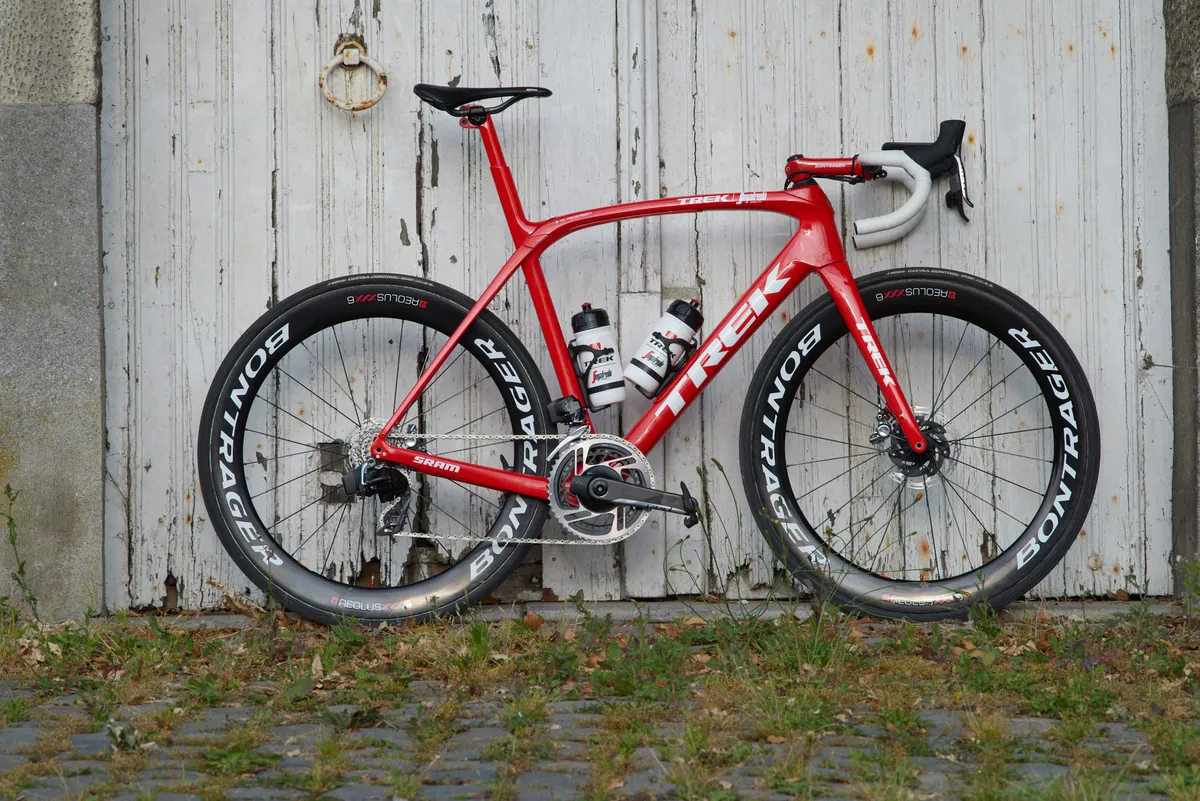
The reality is that we don’t know, but it seems highly likely. Trek’s UK representative couldn’t give a definitive answer either way.
The Domane isn’t the first Trek to get T47 — that honour was bestowed on the 2020 Crockett cyclocross bike.
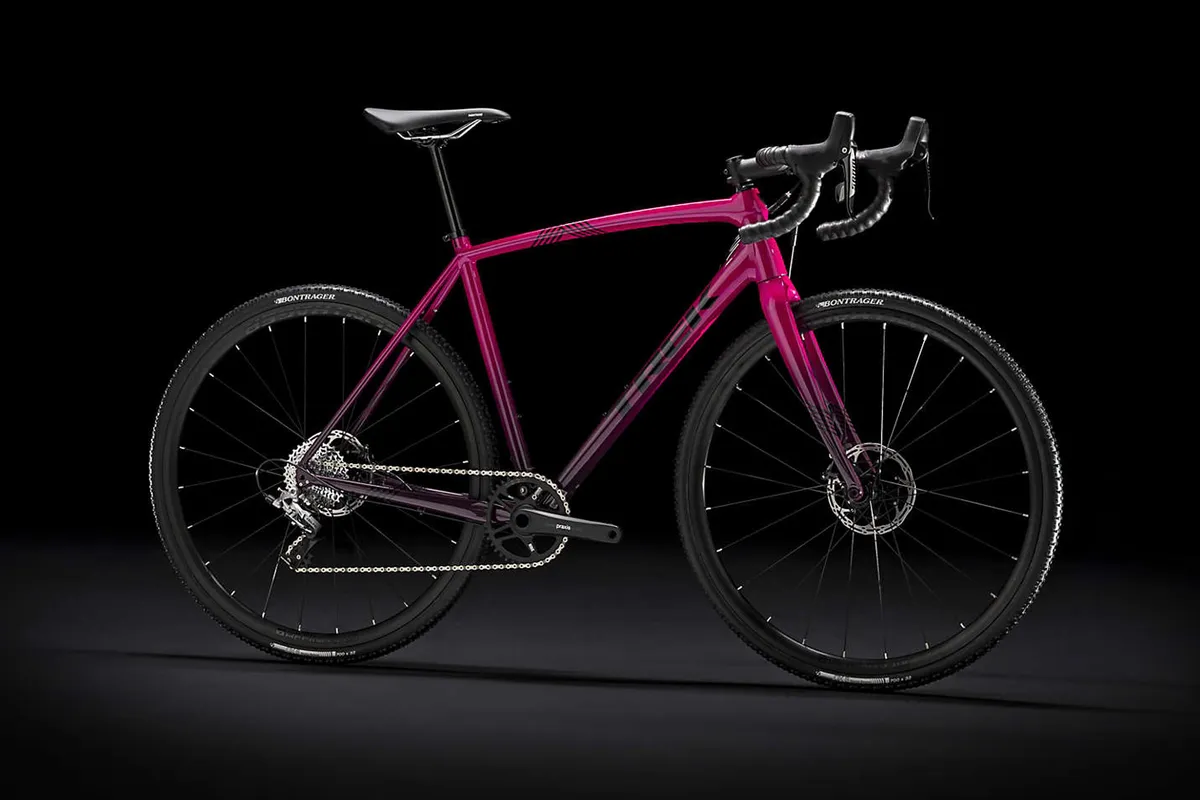
The Domane is one of Trek’s most important bikes, however, so the decision to ditch BB90 on this model feels far more significant.
For the time being, the upper tiers of the Emonda and Madone ranges still have BB90, so we’ll be watching keenly when they next receive an update.
What is BB90 anyway?
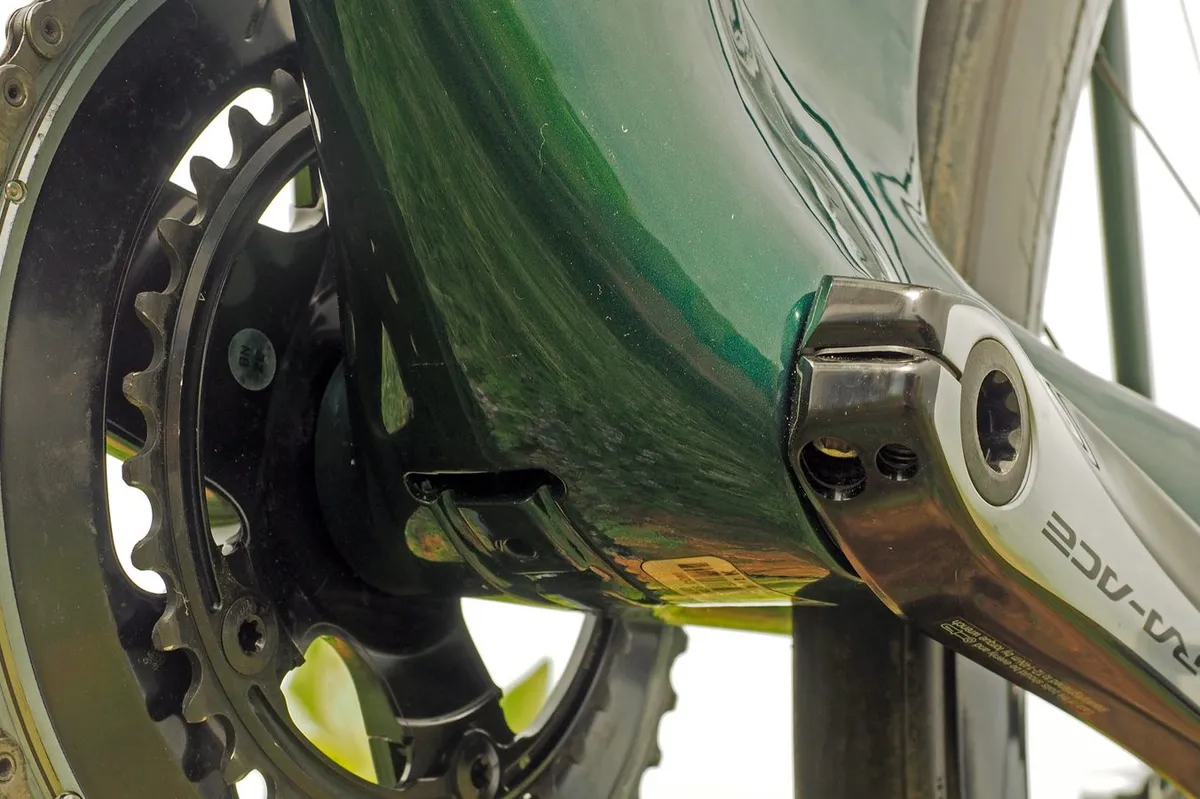
Often confused with the ‘Shimano standard’ BB86/92 (which a number of Trek’s bikes do use), BB90 (and its MTB counterpart BB95) is a proprietary Trek standard wherein cartridge bearings sit directly in moulded carbon seats in the bottom bracket shell. You can read our complete guide to bottom brackets here.
BB90 bearing placement is the same as that of BB86/92 (and it accepts the same cranks), but the bearing cups effectively form part of the frame rather than the bottom bracket.
With BB86/92 (and the larger but conceptually similar PF30 design), the bottom bracket cups are disposable, but if the bearing seats of a BB90 frame suffer damage or wear, that’s a much bigger problem.
Park Tool describes BB90 bearings as “a mild press fit” — they typically don’t require as much force to insert as a conventional press-fit and, in some frames, the bearings will actually slip in by hand.
If they get too loose, creaking is all but inevitable, and that’s why some maintenance guides endorse the use of Loctite-style compounds to prevent bearing movement.
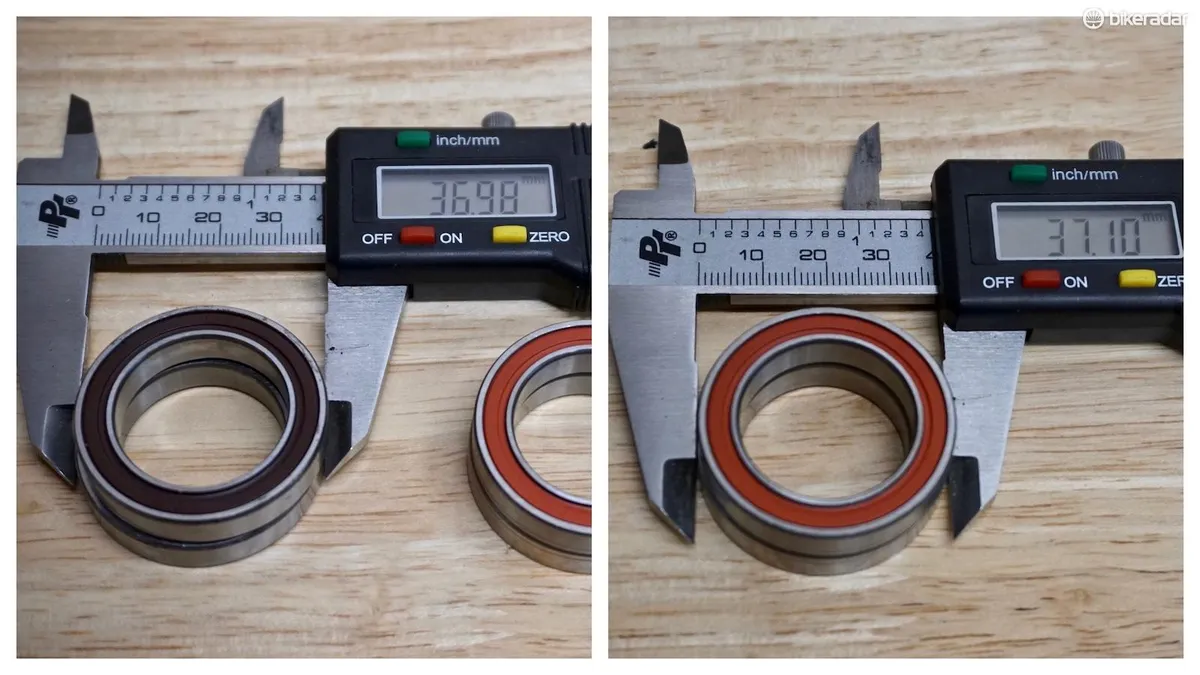
A few years ago, Trek released a ‘V2’ bottom bracket bearing as a solution for frames where the bearing fit had gone a bit baggy.
These are oversized cartridge bearings that measure 0.1mm more in diameter than the standard part; it’s a simple solution, but one that, in my opinion, is a product of an inherently flawed design.
Is T47 genuinely better?
BB90 is a system that looks elegant on paper, but one that relies on very tight tolerances and liable to problems if the bearing seats suffer from wear.
T47 should, at least in principle, be easier to live with. It’s essentially a super-sized version of the familiar BSA threaded bottom bracket and with that comes easy user-serviceability and a frame-cup interface that isn’t inherently liable to creaking.
The larger bore diameter means broader crank compatibility (standard BSA is best suited to thinner 24mm spindles as space is limited).
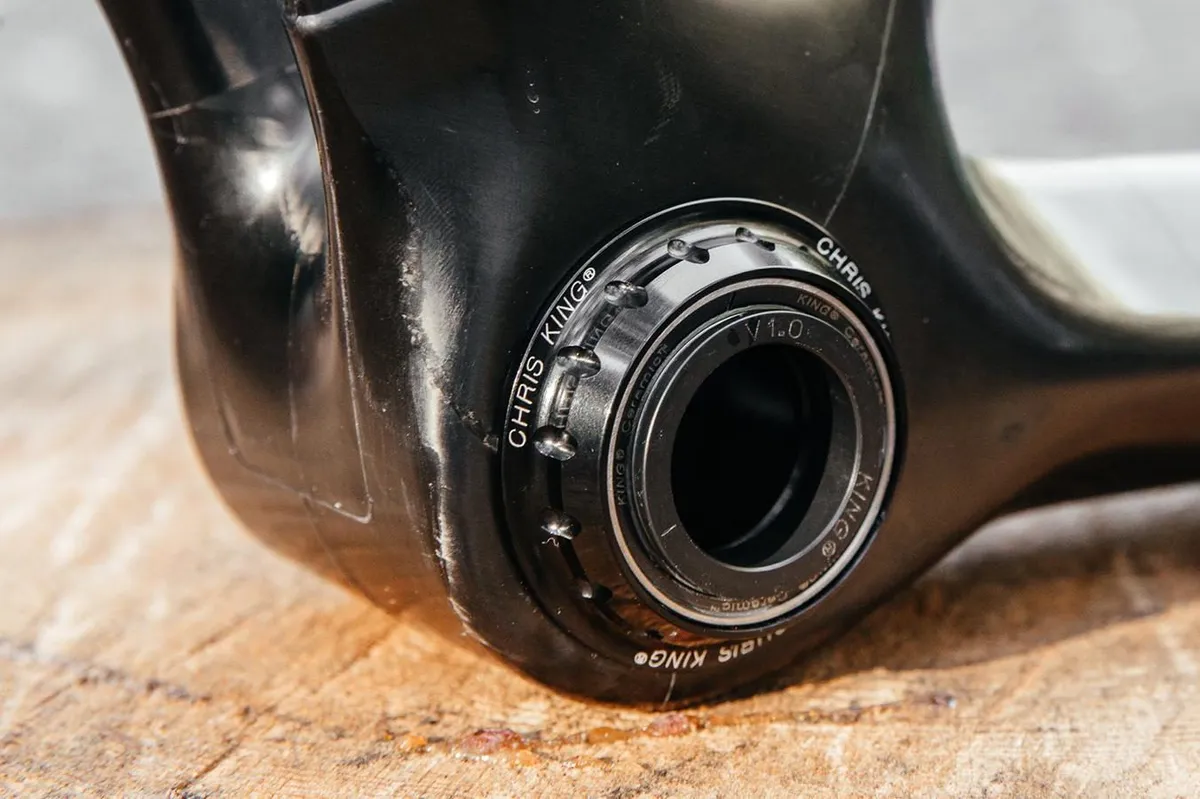
Having threads does, of course, mean that T47 necessitates a metal bottom bracket shell. For carbon frames, bike makers need to use a bonded-in metal insert, which inevitably adds weight.
Bikes have been made this way for years, but it is a potential weak point if designers try to shave off too much weight, or if production quality control isn’t up to scratch. De-bonded bottom bracket shells aren’t exactly common, but it can happen.
Nevertheless, I’m all for the switch to T47. I have personal experience with BB90, having spent a summer working in a now-defunct Trek dealer, and I honestly despised the design.
If it were up to me we’d all stick with a Hollowtech II-style design and 24mm spindles for the sake of simplicity, but I understand why bike makers would want the versatility offered by T47.
Will you be buying a Trek with T47? Do you care about your bottom bracket standard? Let us know your thoughts in the comments.
